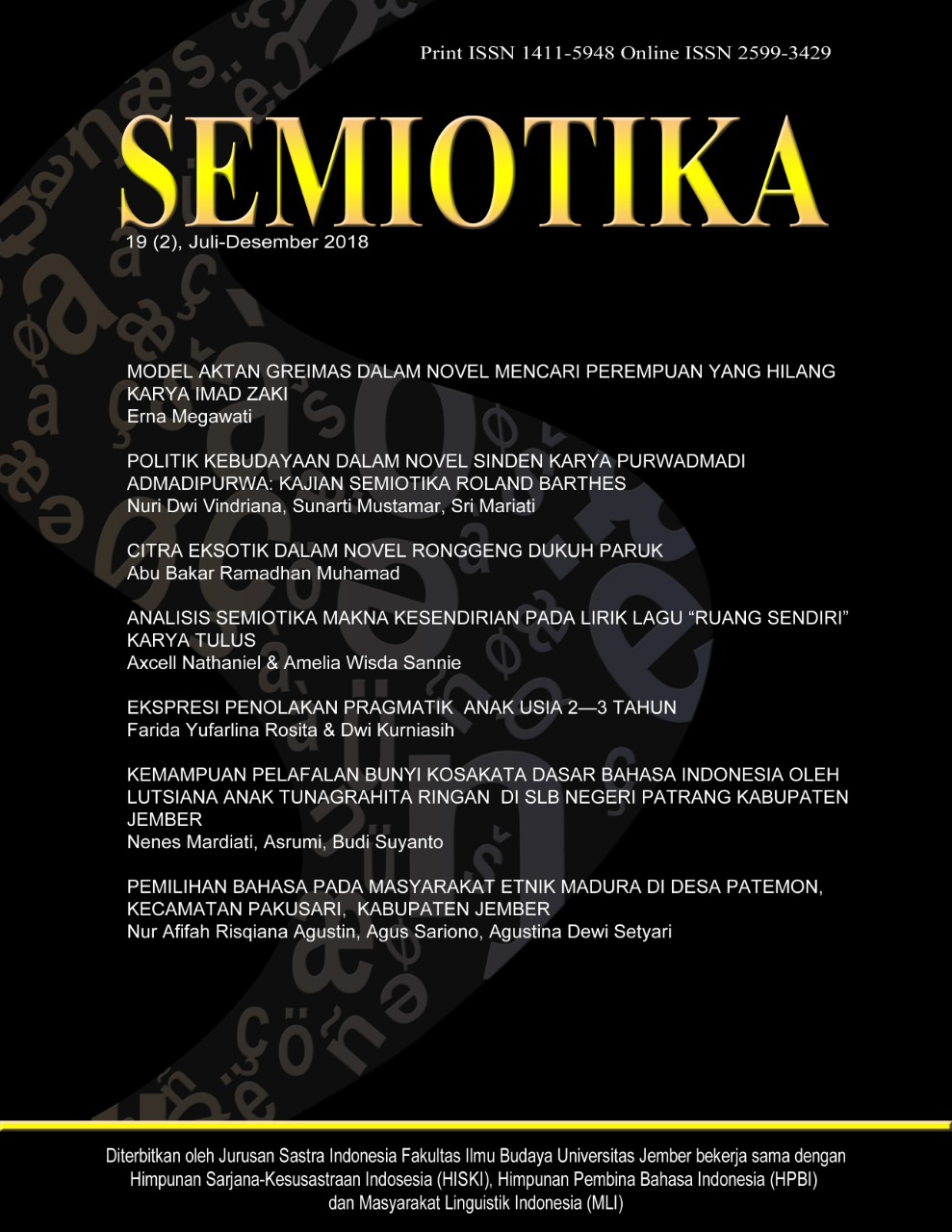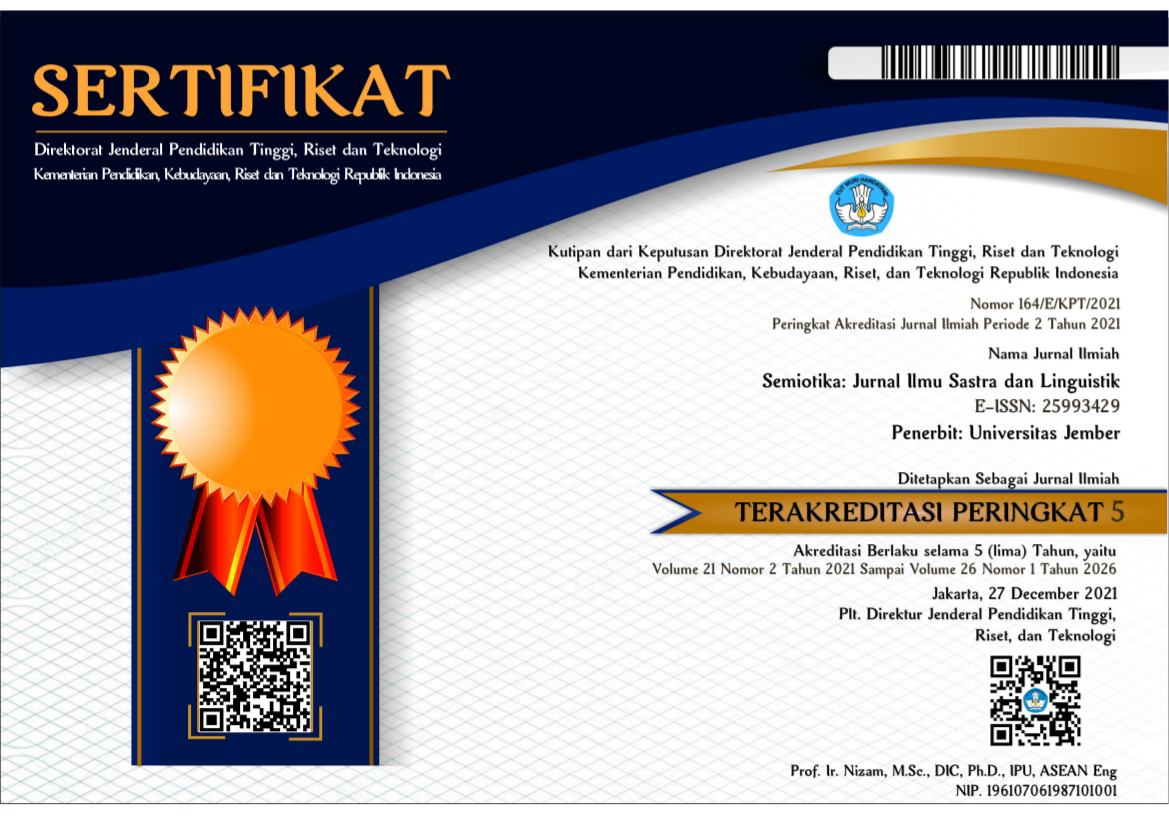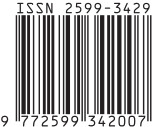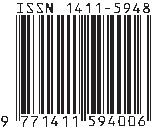PEMILIHAN BAHASA PADA MASYARAKAT ETNIK MADURA DI DESA PATEMON, KECAMATAN PAKUSARI, KABUPATEN JEMBER
Abstract
This research is motivated by the pluralism of Madurese ethnic society in Patemon village, subdistric of Pakusari, Jember. This social condition makes a multilingual society. In a certain situation, the society have to choose the language that will be used. This research has some purposes to know the form of language choice and the underly in factors. This research uses qualitative method. The resercher collected the data through observation, questionnaire, and interview. This tecnique of analilysis is done through tree stages: data reduction process, data display, and conclusion. The results of this research include the language choice in the family, neighboardhood, religion, govermental, and transaction domain. The language choice result in the family domain most of the informants use Madurese language in enjâ’-iya level. In household domain the languge choice of the informants are mostly use enjâ’-iya and engghi-enten level of speech. The religious domain most of the informants use engghi-enten level of speech. In the govermental domain the language choice are mostly Indonesian language. In the transacsion domain, the language choice are mostly use enjâ’-iya level of speech. Factors that determine language choice are psychological factors, habits, social status, education, kind of social relations, age, ethnic similarities or differences, and politeness in language.
SEMIOTIKA has CC-BY-SA or an equivalent license as the optimal license for the publication, distribution, use, and reuse of scholarly work. Authors who publish with this journal retain copyright and grant the journal right of first publication with the work simultaneously licensed under a Creative Commons Attribution-ShareAlike 4.0 International License that allows others to share the work with an acknowledgment of the work's authorship and initial publication in this journal.
Attribution-ShareAlike
CC BY-SA










